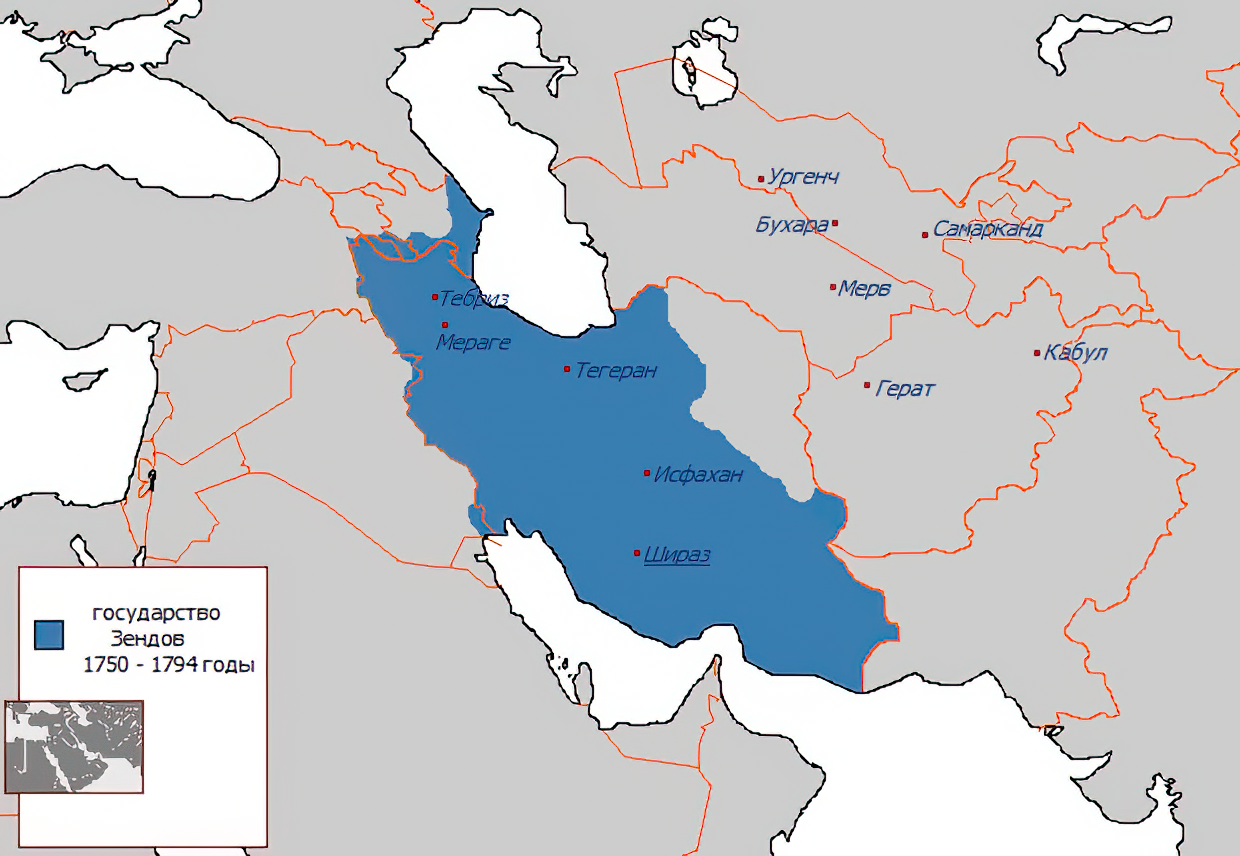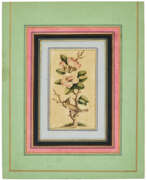Zand dynasty

Zand dynasty
The Zand dynasty was an Iranian lineage of rulers renowned for a golden age of culture and art between 1753-1794. Emerging from the tumultuous period following the fall of the Afsharids, it was Karim Khan Zand who claimed the mantle of leadership, ushering in an era of peace and prosperity. This period is especially significant for the flourishing of arts and architecture, with the capital at Shiraz becoming a crucible for creative expression. The dynasty's patronage extended to various forms of art, including sculpture and painting, embedding a rich cultural legacy.
Under the Zand reign, Iranian art witnessed a revival, blending traditional elements with new influences. One of the most notable contributions was the architectural renaissance, which often drew inspiration from the grandeur of pre-Islamic Persian empires. The restoration and embellishment of historical monuments, such as the tombs of Hafez and Saadi, reflect the dynasty's reverence for cultural heritage. The distinctive art forms that blossomed during this time laid the groundwork for the subsequent Qajar period.
Collectors and historians celebrate Zand artifacts for their unique aesthetic, which encapsulates the spirit of an Iran reconciling its illustrious past with the dynamism of the 18th century. Unfortunately, the dynasty's decline post-Karim Khan saw internal conflicts that dimmed its cultural fervor, culminating in the ascendance of the Qajar dynasty. Today, remnants of this remarkable era continue to resonate within museum collections, and their rarity makes them highly sought after at auctions.
For enthusiasts eager to delve deeper into the artistic triumphs of the Zand era or to acquire pieces from this pivotal chapter in Persian history, signing up for updates is essential. Subscriptions provide timely notifications about new sales and auction events pertaining strictly to Zand dynasty artifacts, ensuring connoisseurs don't miss the opportunity to own a fragment of this rich cultural mosaic.
| Country: | Asia, Iran |
|---|---|
| Start of the period: | 1753 |
| End of the period: | 1794 |


